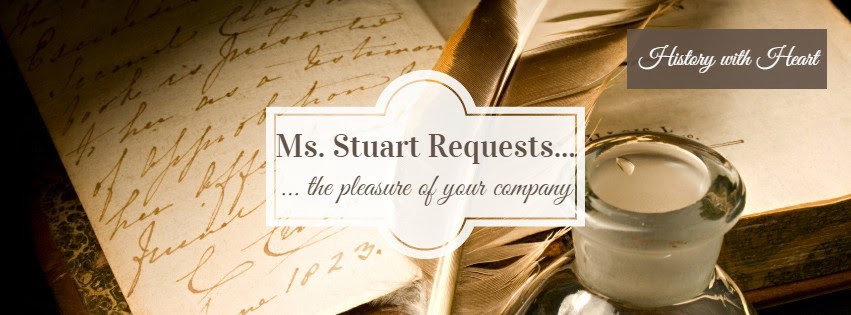My husband cannot abide what he calls the "crying shows"... you know the ones? "So You Think You Can Dance", "Dancing with the Stars"... etc. I LOVE them. Mostly because I have no sense of rhythm and cannot dance to save myself. So I watch them covertly when he's not around.
I particularly love the Latin dances - my favourites being the Pasa Doble and the Tango and it is my great pleasure today to welcome 'new to me' author Lisa Fernow to introduce her romantic suspense DEAD ON HER FEET and the research she undertook to learn all there was to know about tango... Tango and mystery... does it get any better?
Lisa will be awarding a $30 GC to winner's choice of online bookseller to a randomly drawn winner via rafflecopter during the tour
TO ENTER THE RAFFLECOPTER CONTEST: CLICK HERE
INTRODUCTION TO THE TANGO
Thanks for having me!
I particularly love the Latin dances - my favourites being the Pasa Doble and the Tango and it is my great pleasure today to welcome 'new to me' author Lisa Fernow to introduce her romantic suspense DEAD ON HER FEET and the research she undertook to learn all there was to know about tango... Tango and mystery... does it get any better?
Lisa will be awarding a $30 GC to winner's choice of online bookseller to a randomly drawn winner via rafflecopter during the tour
TO ENTER THE RAFFLECOPTER CONTEST: CLICK HERE
INTRODUCTION TO THE TANGO
Thanks for having me!
In writing my tango
mystery, Dead on Her Feet, I did a lot of research on the music. My original plan was to include lyrics and
audio links so readers could directly experience tango’s heart-wrenching
power.
Ultimately it proved too
difficult to identify who owned the copyrights. But here’s an excerpt
where I’ve put the lyrics and link back in for you. This translation of
Discepolo’s Uno comes from maestro Alberto Paz.
Our heroine, tango
instructor Antonia Blakeley, is introducing her class to tango culture:
 Tragic, yes? Julio Sosa performs Uno here:
Tragic, yes? Julio Sosa performs Uno here:
“Tango can be about many things –
seduction, longing, nostalgia, intimacy, tenderness – you get the picture.
Whatever the music and the moment inspires. This song isn’t one we normally
dance to but I happen to think it’s a beautiful piece, especially if you
understand the words. It’s called Uno. One.” Uno, oh yeah, she thought.
Antonia translated the lyrics from the
liner notes:
If I had the
heart,
The heart I
gave away…
If I could,
like yesterday
Love without a
premonition…
It’s possible
that your eyes
That cry out
to me their love,
I’d close them
with my kisses…
Without
thinking that, like these,
They were
other wicked eyes
That ruined my
life.
“He gave his heart to a woman who betrayed
him, and now he can’t love the way he used to.
That’s life and death stuff.”
 Tragic, yes? Julio Sosa performs Uno here:
Tragic, yes? Julio Sosa performs Uno here:
Doesn’t this just make
you swoon?
It’s not an accident
that Antonia chooses this particular tango, Uno, which is not meant for dancing - a
curious choice for the class. But
Antonia has walled herself off from love.
We eventually learn
why.
I
hope you enjoy Dead on Her Feet. Visit www.lisafernow.com
and let me know!
(PS:
the dancer above is Tomás Howlin, a
wonderful teacher!)
DEAD ON HER FEET
What happens when a dancer violates the tango code?
Tango instructor and chronic rule-breaker Antonia “Ant” Blakeley
has no respect for authority. So when a much-hated member of the Atlanta tango community
is stabbed in the middle of the dance floor, leaving her troubled nephew
Christian first on the list of suspects, the last thing she wants to do is use
her tango expertise to help the police work out how someone could have struck
the fatal blow, unseen. As someone who has experienced police incompetence
first hand Antonia doesn’t trust them to find the real killer. So she lies to
give Christian an alibi, and the coverup begins.
Unfortunately for Ant, former marine Detective Sam Morrow is on
the case and he will do whatever it takes to solve the crime. He’s not about to
let Antonia hijack his case. As both Ant and Sam investigate (or in Ant’s case,
interfere), the two sleuths are about to find out the more antagonistic meaning
of “it takes two to tango.”
BUY DEAD ON HER FEET
Available on Amazon and all reputable e-stores
Available on Amazon and all reputable e-stores
ABOUT LISA FERNOW
Lisa Fernow grew up on the
classic mysteries of Ngaio Marsh and Elizabeth Peters. Lisa has danced
Argentine tango since 1996, studying with such legendary masters as Cacho
Dante, Susana Miller, and Brigitta Winkler, as well as other inspiring
instructors in Atlanta, Seattle, and Portland. Lisa’s short story,Death of a
Tango Dancer was featured in King County Library’s Take Time to Read program.
She lives in Seattle, Washington. Dead on Her Feet is the first book in a
planned series set in the tango world. Read more at www.lisafernow.com.










.jpg)

.jpg)
.jpg)
.jpg)
.jpg)











